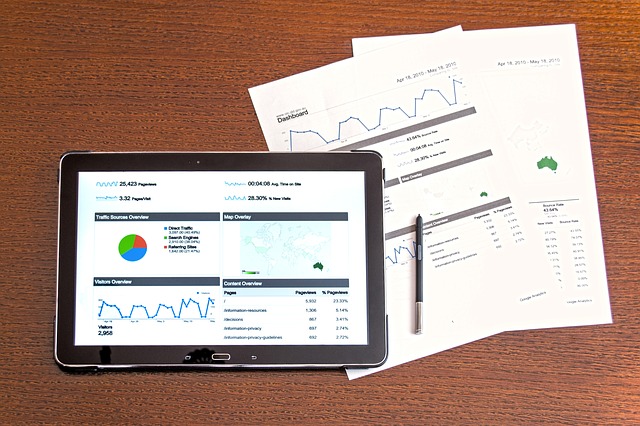Are you a marketer? Are you overwhelmed with the sheer amount of data that is now available at your fingertips? Yeah—me too. It’s almost comical how much data and insights are available to marketers today. So how do you sift through the noise? How do you prioritize what’s most important to your marketing or overall business goals? Tough to do!
Everybody loves to talk about their “data-driven” approach to marketing. But how many can actually do this at scale? Think about it; let’s say you’ve got a new campaign that needs to launch in eight weeks. Your executives are breathing down your neck and you know it’s on you to show some results. Depending upon the size and complexity of your organization, the odds are you’ve got access to some of the following data, insights, and reports:
- Buyer profiles
- Analyst reports
- Market insights
- Search data (paid and organic)
- Social data (influencers and share of voice)
- Display media reports
- CRM
- Web KPIs
- A/B testing results
- Previous campaign results
- Competitive data/analysis
- Event insights
- Sales insights
And on…and on…and on. If you were to thoroughly assess all of the data you have access to, you’ll never get to market. You’ll spend eight weeks just looking at data and reports and trying to make sense of it all. If you’re lucky, you’ve got an effective team of strategists and advisers that will do this for you and tell you what is important and where to place your bets. However, if you’re like a lot of organizations, a lot of this will fall squarely on your shoulders.
So—don’t be overwhelmed by the data. Use it as best as you can. Meaning: simplify it! Pick two to three key insights from each data source that help you answer important business questions. A few examples:
- Buyer profiles—What keeps my customers up at night? What are their top three pain points?
- Search data (paid and organic)—What key topics are my customers already looking for? What business problems are they trying to solve?
- Social Data (influencers and share of voice)—What are the hot topics the top influencers are discussing? Which brands are they talking about?
- CRM – What do our existing customers want the most? What’s their “wish list”?
- Web KPIs – What are the top ten web pages that are driving engagement? What types of assets or content helps with this?
- A/B testing results—What types of messaging or design do customers respond to? What do they ignore?
- Previous campaign results—What channels were effective in the last go-round? what was the ROI?
- Competitive data/analysis—What do we offer that customers can get elsewhere? What makes us so different?
- Event insights—What do attendees talk about? What grabbed their attention the most?
- Sales insights—What features of a product or service are the most attractive to customers?
You get the idea. Answer these questions and you can build an effective narrative for your campaign that is backed up by data. Obviously there’s a thousand things you can derive from each of these data sources. But be careful—it’s a slippery slope. Data is wonderful. Data is essential. Learn how to sift through the noise and simplify things and you’ll be much more effective at being a “data driven” marketer who can actually get things done!





